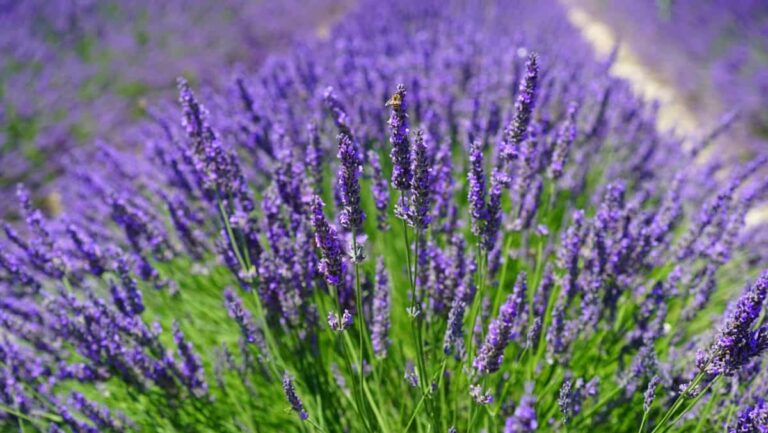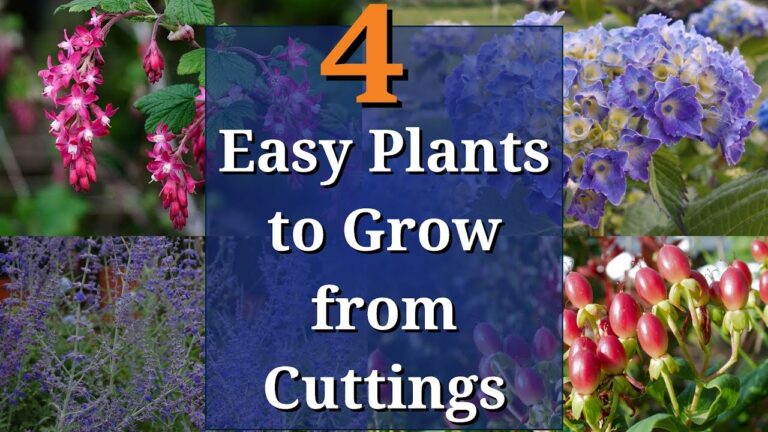When plant leaves start turning yellow, it’s a frustrating mystery for gardeners everywhere. Jason from Fraser Valley Rose Farm tackled this common question in a recent video, explaining that yellowing leaves can stem from a wide range of causes—sometimes even contradictory ones. Using roses as his example, he broke down the issue into actionable insights that apply to nearly all plants.
This article expands on Jason’s discussion, exploring the most common reasons for yellowing leaves and how to address them. Whether you’re growing roses, houseplants, or vegetables, these principles will help you understand and solve this common gardening challenge.
A Common Symptom with Many Causes
Yellowing leaves, or chlorosis, is a symptom with numerous potential causes. To solve the problem, it’s essential to look beyond the color change and consider the plant’s environment, care, and overall health.
Jason points out that chlorosis can occur for reasons as varied as nutrient deficiencies, overwatering, pests, diseases, and even natural processes like dormancy. Understanding the context in which yellowing occurs is key to diagnosing the issue correctly.
Lack of Moisture: When Plants Can’t Keep Up
One of the most common causes of yellowing leaves is drought stress. When a plant doesn’t receive enough water, it starts conserving resources by sacrificing older or less vital leaves.
Signs of drought stress often include yellowing leaves with browning tips or edges, particularly in the lower or interior parts of the plant. To confirm the issue, Jason suggests checking the soil. In potted plants, pulling the root ball out can reveal whether the soil near the bottom is dry and crumbly.
The solution is simple: thoroughly water the plant, allowing the soil to rehydrate completely. For potted plants, soaking the pot in a bucket of water can ensure even moisture distribution. In the landscape, adjusting irrigation schedules during dry periods can prevent recurring stress.
Too Much Moisture: The Hidden Danger
Ironically, overwatering can cause yellowing leaves just as easily as underwatering. Excess water can lead to root rot, where decaying roots are unable to supply nutrients and water to the plant’s foliage. This often results in a generalized yellowing that may progress to leaf drop.
To prevent overwatering, Jason emphasizes the importance of well-draining soil, especially for potted plants. Monitoring soil moisture levels and ensuring containers have adequate drainage holes are simple but effective steps. If overwatering has already occurred, allowing the soil to dry out and reducing watering frequency can help the plant recover.
Nutrient Imbalances: Too Much or Too Little
Nutritional deficiencies can also cause yellowing leaves, often in specific patterns. For example, interveinal chlorosis (yellowing between the veins) often indicates a lack of nutrients like iron or magnesium.
Jason notes that diagnosing nutrient deficiencies can be tricky because similar symptoms might result from other factors, such as cold weather preventing nutrient uptake. He cautions against over-fertilizing, which can damage roots and exacerbate the problem. Instead, he recommends starting with half the recommended fertilizer rate and gradually increasing as needed.
Conversely, over-fertilization can burn roots, leading to yellowing and even dieback. Moderation and observation are key when addressing nutrient issues.
Natural Yellowing: Seasonal or Genetic Factors
Not all yellowing is a sign of trouble. Some plants naturally develop yellow foliage as part of their growth cycle. For instance, many perennials, including hardy roses, shed older leaves or prepare for dormancy in late summer and fall.
Additionally, Jason highlights that some plants or cultivars naturally have lighter-colored foliage. For example, two roses growing side by side in the same conditions might display different shades of green simply due to genetic variation. Trying to make a naturally yellowish plant match a darker green one is often a wasted effort.
Pests and Diseases: External Threats
Pests like spider mites and diseases such as black spot or powdery mildew are other potential culprits. Spider mites, for instance, cause a characteristic bronzing of the leaves, often accompanied by fine webbing on the undersides.
Fungal diseases like black spot and powdery mildew often present with additional symptoms, such as dark spots or white fungal growth on the leaves. While these conditions may include yellowing as a secondary symptom, Jason emphasizes that they are rarely life-threatening. Sanitation, such as removing infected leaves and applying a fresh mulch layer, combined with occasional sprays, can typically keep these issues under control.
Serious Threats: Chemicals and Viruses
Some causes of yellowing leaves are more severe and may require immediate action. For example, herbicide drift can damage plants, causing yellowing, deformation, and dieback. Jason shared an example of a rose affected by Roundup drift, which showed yellow and twisted foliage on a single shoot. While the plant recovered, more significant exposure could have been fatal.
Even more concerning are plant viruses, which are incurable. Viral infections often cause irregular yellow patterns, such as streaks, spots, or mosaic-like patterns on the leaves. Jason advises removing and destroying infected plants to prevent the virus from spreading, especially in a rose garden where close contact can facilitate transmission.
Diagnosing and Solving Yellowing Leaves
Diagnosing yellowing leaves often requires a process of elimination. By considering environmental factors, care routines, and visual symptoms, gardeners can narrow down potential causes and take targeted action.
Jason suggests starting with basic observations:
- Check soil moisture to rule out over- or under-watering.
- Examine leaves for pests, webbing, or fungal growth.
- Consider nutrient deficiencies, but avoid over-fertilizing.
- Look at the plant’s age, season, and natural tendencies before assuming a problem.
When dealing with complex or unfamiliar symptoms, online resources like Google Images can help identify issues by matching patterns to specific conditions.
Closing Thoughts
Yellowing leaves are a common but solvable problem for gardeners. By understanding the diverse causes—from water stress to pests, diseases, and even natural aging—gardeners can take confident steps to improve their plants’ health.
Jason’s expertise at Fraser Valley Rose Farm highlights the importance of observation, moderation, and informed action. If you’re facing a yellowing issue not covered here, he encourages gardeners to reach out with questions or share their own experiences to build collective knowledge.
Remember, yellowing leaves are often the plant’s way of communicating its needs. By learning to interpret these signals, you can become a more attentive and successful gardener.






